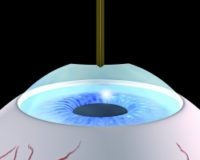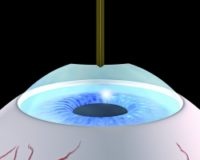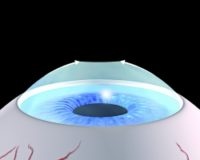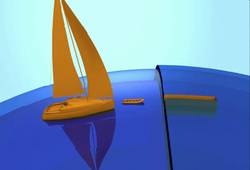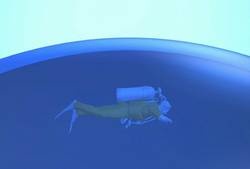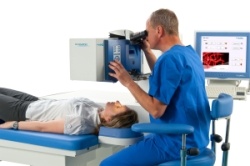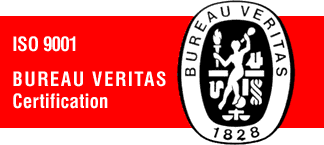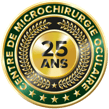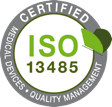Because no two eyes are alike
Wavefront-guided treatment
If higher order aberrations are affecting the sharpness of your vision, they must be corrected. In this case, your doctor will recommend a treatment that requires wavefront technology.
These is a method to detect irregularities in the eye. Because no eye is perfect, the reflected light follows a specific path, known as the wavefront. For the eyes, this path is like a fingerprint. The laser can correct the slightest asymmetric distortions of the eye by using a three-dimensional “map.”
- Your corneal wavefront shows whether there are any significant higher order refractive errors in the cornea. These errors are measured with the SCHWIND Corneal Wavefront Analyzer.
- Your corneal wavefront shows whether there are any significant higher order refractive errors in the entire eye. These errors are measured with the SCHWIND Ocular Wavefront Analyzer.
The diagnosis is even more accurate if the Corneal and the Ocular Wavefront Analyzers are used in combination. The SCHWIND AMARIS software then harmonizes the two measurements so that doctor can determine whether there are any higher order refractive errors on your corneal surface or if there are other defects in your optical system that compensate for each other or aggravate each other.
Aberration-free treatment
Aberration-free treatment corrects simple refractive errors, such as myopia, hyperopia and astigmatism.
This method, specially developed by SCHWIND, leaves the higher order aberrations that existed before the laser correction unchanged as long as they do not affect your vision.
This way, you retain your normal sense of sight as you would have with glasses or contact lenses. Your brain needs a learning phase to adapt to the new, potentially disturbing changes. Furthermore, unlike other methods on the market, this treatment does not cause any aberrations that could reduce the sharpness and contrast of your vision.


